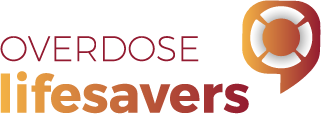Barriers and Obstacles to Take-Home Naloxone Use
NOTE: Quotes are presented word for word apart from minor editing for readability and clarity. Identifying details have been removed. Square brackets show text that has been added or, where ellipses (three dots) appear, removed. For example, ‘Since I actually participated in this Narcan [training], I’ve administered it to two people and it’s brought them around […] I wouldn’t think twice about [doing] it. Saving someone’s life is the main thing.’
While the project on which this website was based collected many positive views on take-home naloxone, some participants describe encountering issues that can make it harder to access or use. These issues range from general practical concerns about availability to broader social problems such as stigma.


